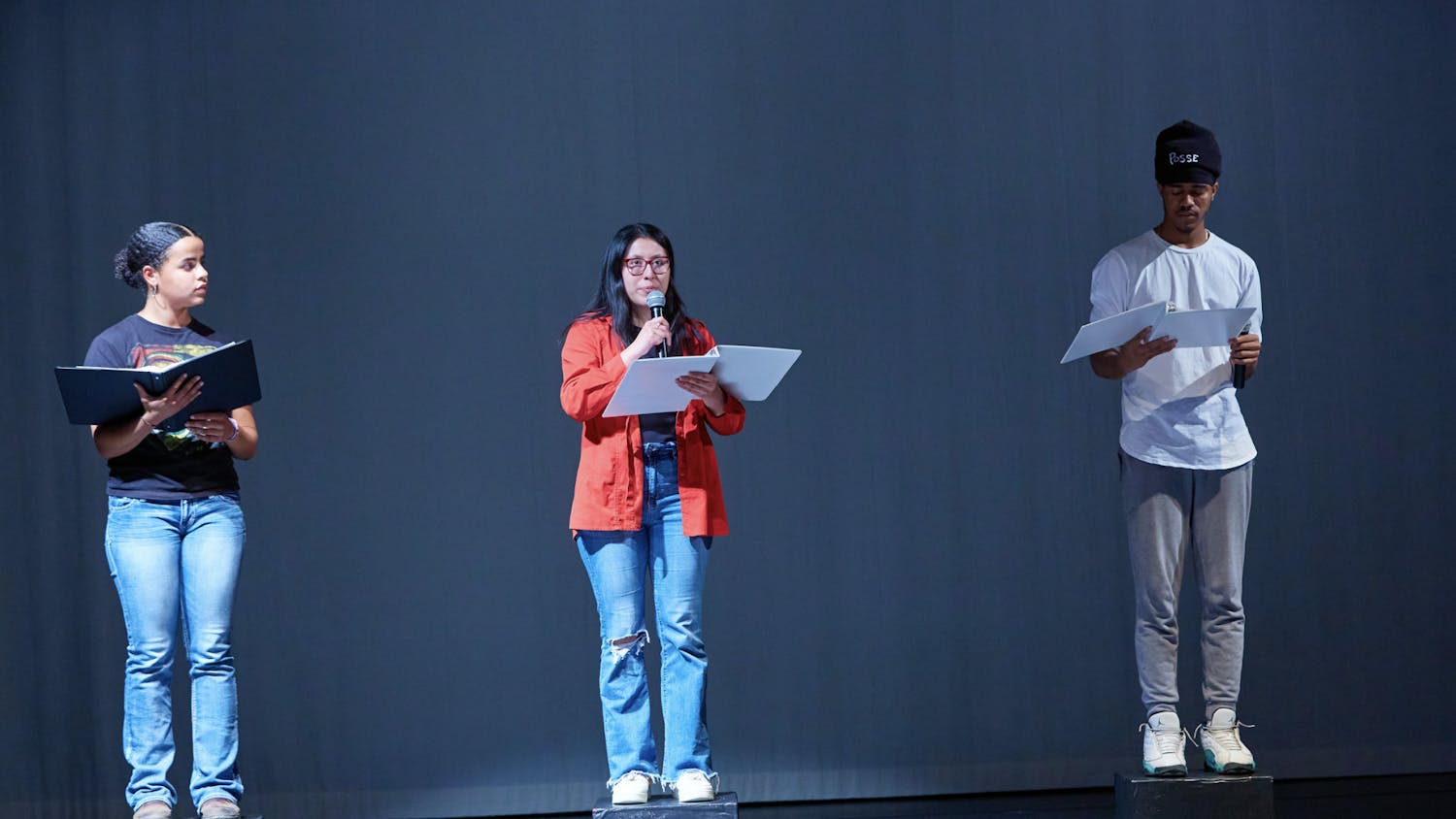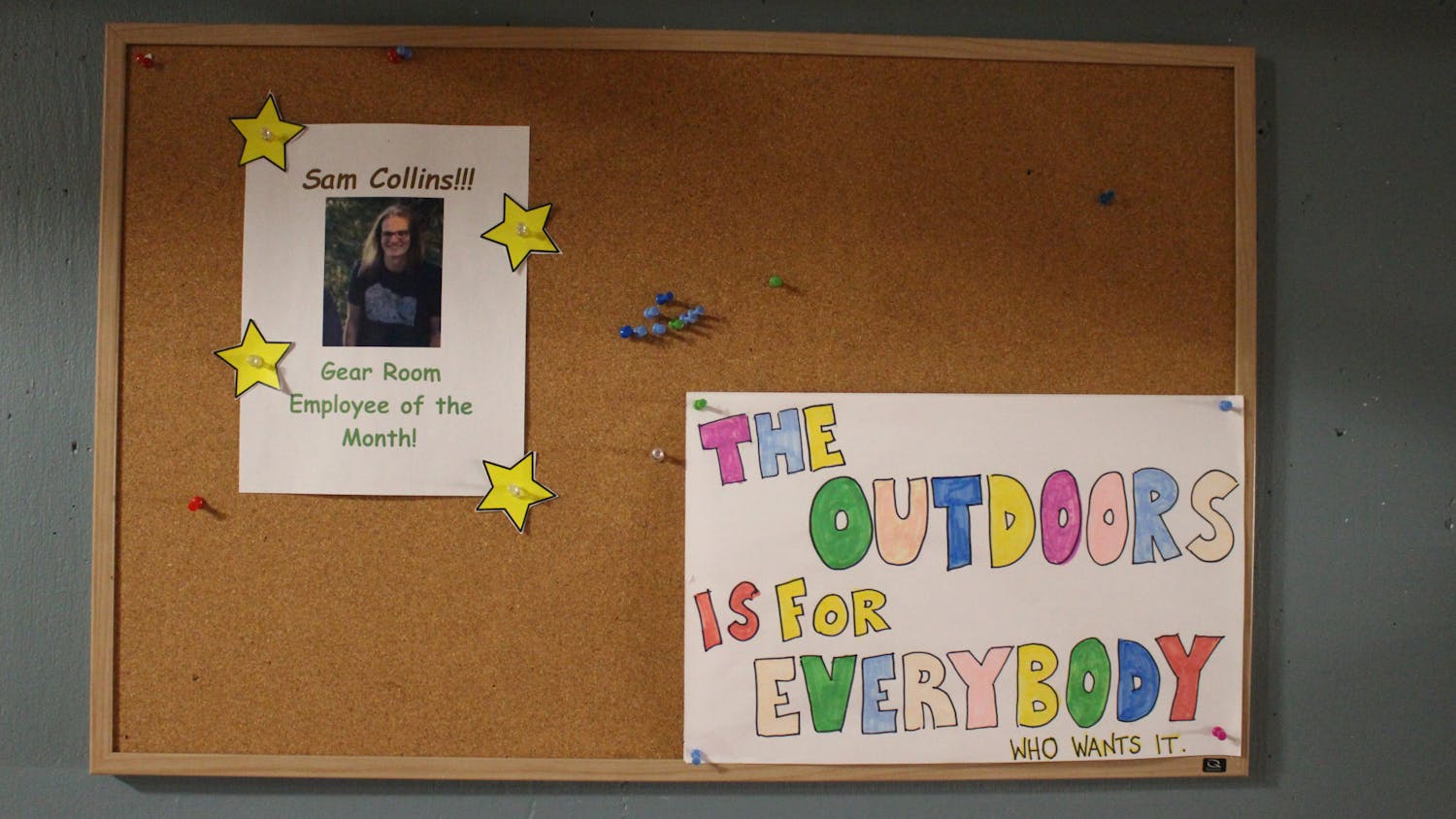If you’ve read some of our recent editorials, you can probably tell that one of the things we talk about often in our Monday-night Editorial Board meetings is the importance of transparency. We’ve called for greater transparency across various areas of the college: an accessible breakdown of the way Middlebury distributes its funds as tuition continues to rise, more insight into student organization funding and more information about what to expect during the fraught housing draws of the past few years.
Given how often we call for transparency from the institution, I felt that it was only fair that we do as much as we can to be transparent about our own processes. In the long run, I hope The Campus can be a newspaper that reflects and connects the whole community, and I know that will require constant reflection, scrutiny and change to meet current needs. Another big part of working towards that goal is an effort to make the paper more approachable — whether you plan to interact with it as a contributor, a source, a reader or some combination of the three.
This J-Term, I’m working my way through a few thousand Campus articles as part of an independent study, looking through old coverage to get a sense of what we’re doing well, where we have room to improve and how our paper has evolved over the past four years. So, I thought, now that I’m more steeped in Campus coverage than ever, what better time could there be to start a column exploring the processes that help bring those stories to publication each week.
In this column, I plan to write a series of pieces that will serve as a window into the operations of our newspaper. I want this to be a space where I answer your questions, if you have them, about The Campus and, to the best of my abilities, the journalism industry in general. As Rain Ji ’23, Tony Sjodin ’23 (our two managing editors) and I wrote in our September Notes from the Desk, we want to recenter the newspaper around learning. I hope this column will provide some tools for reading the paper from the perspective of an insider.
I want to kick off this column by talking about a component of reporting that has broad relevance across many sections of the paper: the interview process.
At The Campus, we encourage writers to try, whenever possible, to conduct “in-person” interviews (by which we really mean real-time interviews — over the phone or on Zoom is fine too). This isn’t because we’re looking to catch you off guard or grill you with difficult, unexpected questions. In many ways, in-person interviews help us better understand how to place what a source tells us into the broader structure of a story.
While we can get what someone means from an email interview, it’s easier to understand how they mean it when you can hear their tone or read their body language.
It’s also much easier for reporters to ask follow-up questions in a live interview. While most writers will come into an interview with a prepared set of questions, these are often general and based on potentially limited knowledge that the writer has had access to about their article topic ahead of the interview. We can often get more specific details or illustrative anecdotes from asking follow-ups or probing a source to expand on a topic they’ve touched on only briefly in response to a broader, prepared question.
Asking follow-ups in person is also more efficient, increasing the likelihood that reporters will be able to get all the information they need before their deadline, since the writer and source won’t need to go back and forth over email. Of course, there are some occasions when we’ll still need to ask some follow-up questions after a “live” interview, particularly in the case of more complicated or longer-form stories, but the process is still, overall, much more efficient.
And for anyone who is worried about talking in a live interview, I get it. It can be hard to trust someone to accurately represent your perspective after a twenty-minute conversation. But know that we (writers and editors) also understand that when we’re constructing an article, we’re not just cherry picking quotes and information and splicing them together to create the clearest, most chronological or most informative narrative. We’re thinking about how to represent the sources of those quotes and information fairly within the broader structure of the story. Part of upholding a commitment to accurate reporting is being conscious of the context from which a quote or paraphrase was drawn.
Another big, and sometimes contentious, part of the interview process is recording. We encourage reporters to record interviews if sources permit it. I know some people are nervous about being recorded, and what I usually tell sources is this: Recording the interview is best practice because it helps us make sure we’re quoting and paraphrasing accurately. It’s really hard to keep up with an interview if you’re taking notes by hand, making it much easier for something to be mistyped or only partially written down. Having a recording means the writer can transcribe exactly what a source tells them, and it also makes it easier for editors to double check that the quotes that appear in the draft of a story are what the source told the reporter.
Recording can be a bit of a tough balance; in many ways, recorded interviews help protect sources by ensuring the accuracy of their quotes, but we also don’t want a source to feel uncomfortable during an interview. We try not to push sources to give recorded interviews, but we will let you know why we feel like it’s the best practice.
While interviews are a fairly basic and ubiquitous piece of the reporting process, there are a number of interview best practices that reporters adhere to that aren’t necessarily general knowledge. I hope this piece serves as a broad explainer for a few of them, and I’ll hopefully get to dive into some more specific cases, such as interviews with anonymous sources, degrees of anonymity and the criteria The Campus uses for deciding to grant anonymity, in a later installment.
And, as a bit of a side note, you don’t have to give an interview to share your story with The Campus. You can submit an op-ed — an opinion piece of about 800 words — and work with the Opinions Desk to get it ready for publication.
You can also submit a tip through our online form. You can even submit one anonymously, although it's easier for us to follow up if you provide your name and contact information as a starting point, even if you don’t want your name to appear in a story about what you’ve brought to our attention.
That’s all for now. Let me know what your questions are and how I can use this column in the most useful way possible. You can reach me at The Campus’ email address, campus@middlebury.edu.

Abigail Chang ’23 (she/her) is the Editor in Chief.
She previously served as a managing editor, Senior News Editor, News Editor and co-host of The Campus' weekly news radio show.
Chang is majoring in English and minoring in linguistics. She is a member of the Media Portrayals of Minorities Project, a Middlebury lab that uses computer-assisted and human coding techniques to analyze bulk newspaper data.
Throughout last year, Chang worked on source diversity and content audits for different media properties as an intern for Impact Architects LLC. Chang spent summer 2021 in Vermont, working as a general assignment reporter for statewide digital newspaper VTDigger. Chang is also a member of the Middlebury Paradiddles, an a cappella group.



